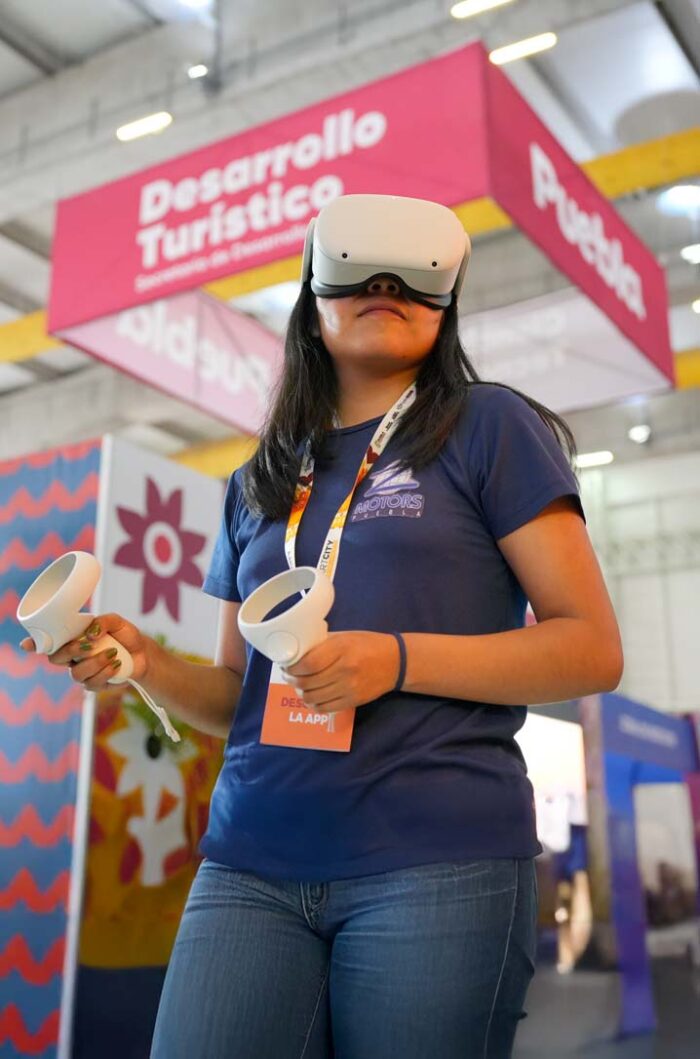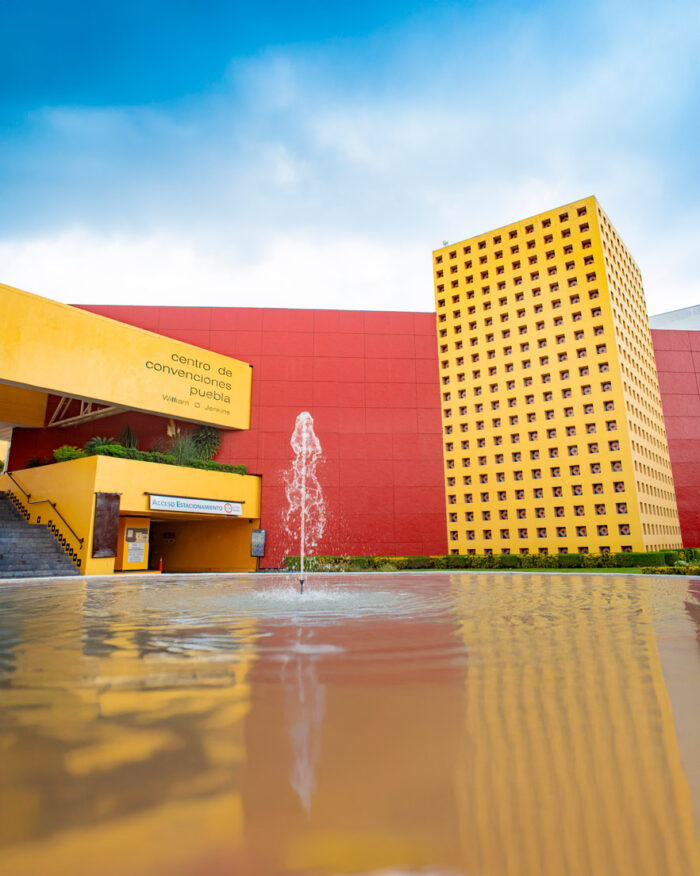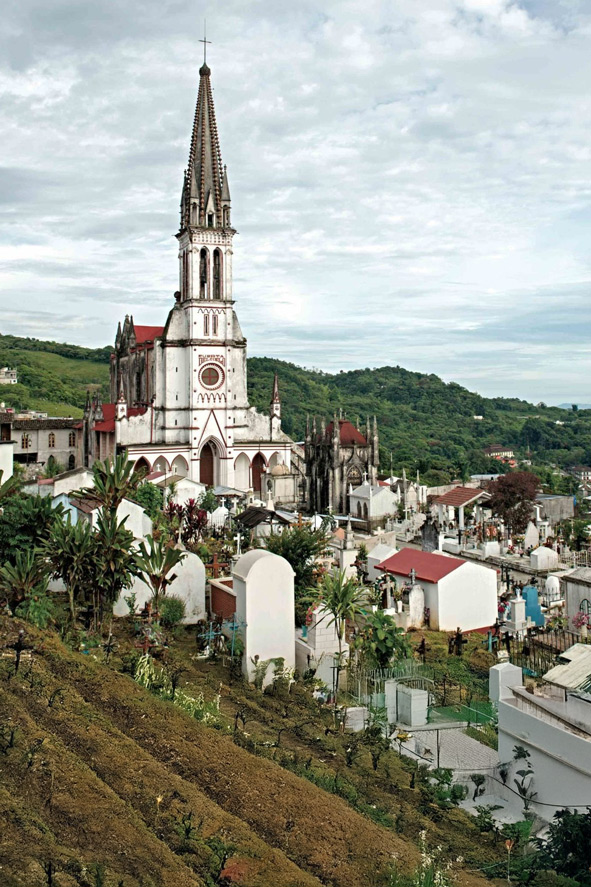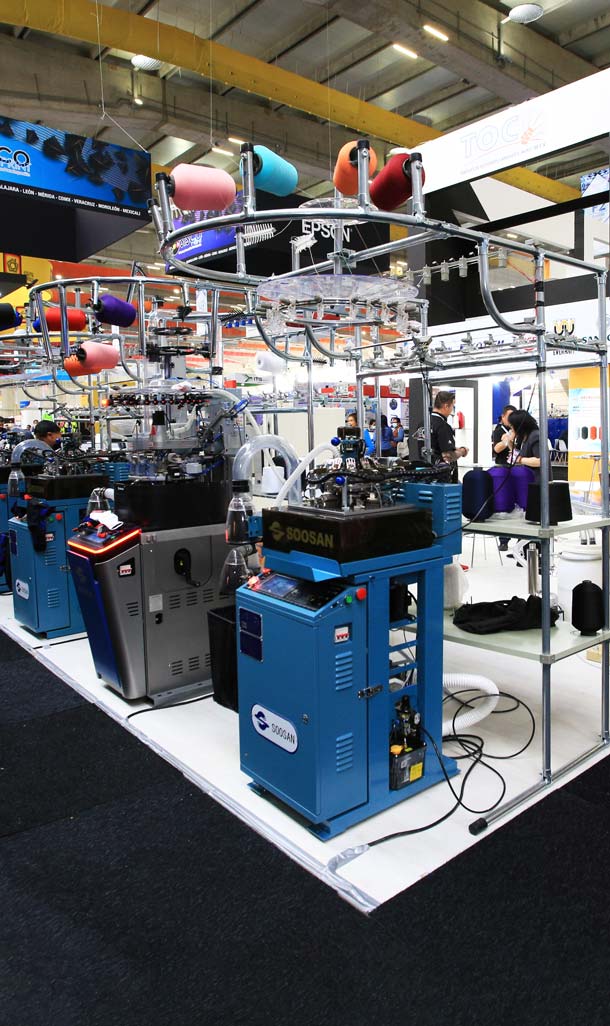
Flavorful Events: Puebla’s Cuisine Makes All the Difference
With dishes like Puebla’s complex mole sauce and en nogada stuffed peppers, local cuisine can give events a meaningful identity while elevating the profile of the destination, creating an extraordinary cultural and sensorial experience.

Continua en la historia
 Desliza a la izquierda para continuar
Desliza a la izquierda para continuar
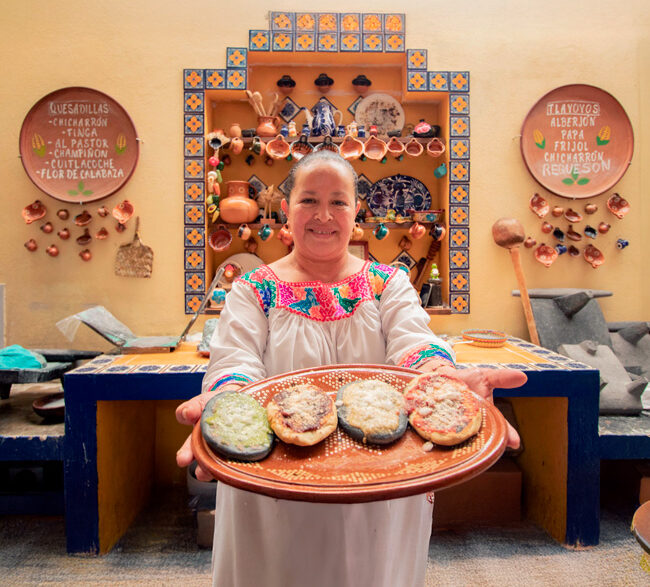
▖▚▮▘▖▚▮▘In Puebla, food is served not only as a dish. It is presented as living history, with each aroma carrying stories and each gathering enriched with food. Here, cuisine is not just something to be served at events, it adds essence to the experience.
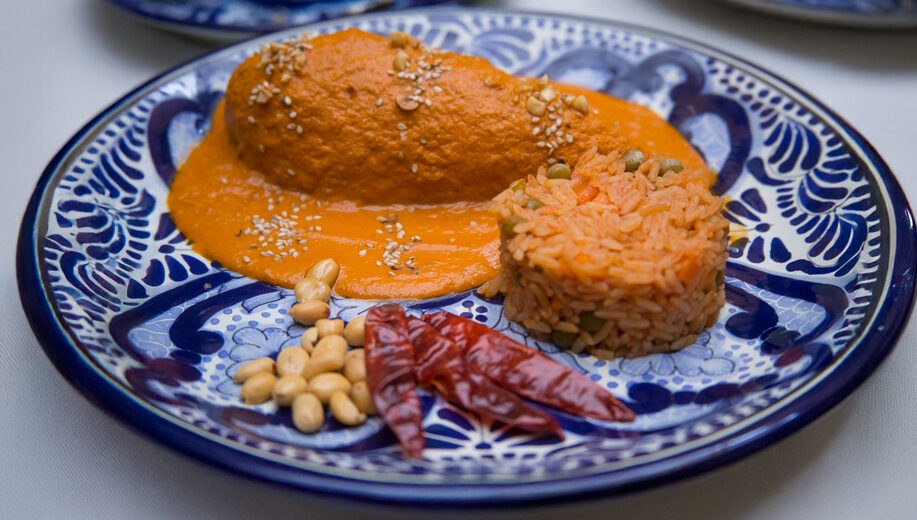
Those who have organized a conference or convention in this city know that the experience goes beyond pure logistics. In Puebla, cuisine is what makes each minute memorable. Since 2010, its culinary traditions have been recognized by UNESCO as part of the world’s Intangible Cultural Heritage. And for good reason, its flavors tell of centuries of history, blending cultures, and identity made edible.
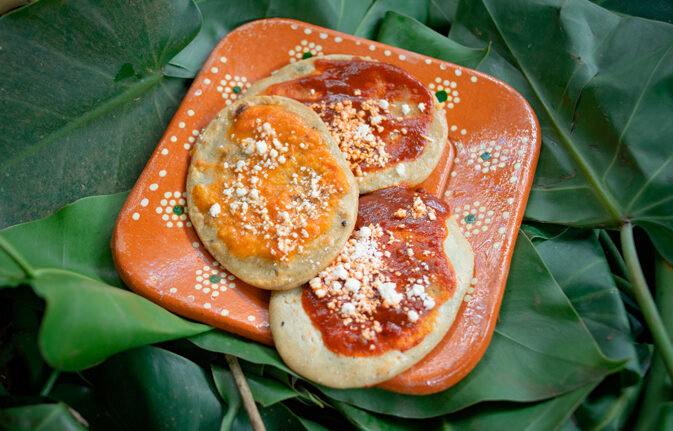
▁▁▁▁▁▁▁▁▁▁▁
Mexico’s meetings industry is not small. According to the Secretaría de Turismo (Department of Tourism), it accounts for 1.6 % of the country’s GDP and generates more than 900,000 direct and indirect jobs. In such a large sector, it can be hard to stand out. But Puebla has found the secret sauce to making itself shine—its cuisine.
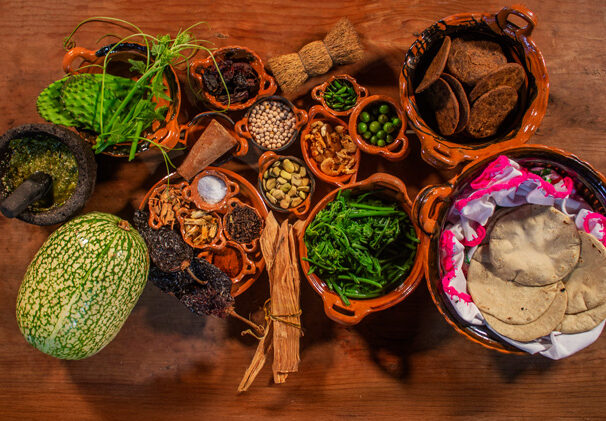
▘▗❚ Long-Simmered Traditions
Puebla’s cuisine is a plentiful buffet. Each dish is a result of a mix of indigenous and European techniques, a fusion that began over 400 years ago and continues to appear on every table. Corn, chili peppers, beans, and seeds were combined with spices, dairy, and meat from the other side of the ocean, creating a baroque cuisine, multi-layered, enticing guests to stop, sample, sigh in delight, and take another bite.
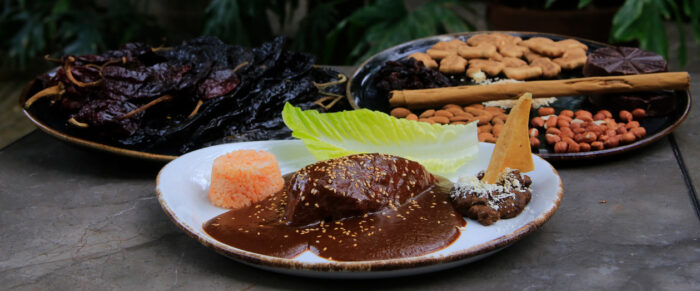
▘▗❚A Thrilling Dish
As an example, take Puebla’s signature mole, with its rich blend of dried peppers, chocolate, nuts, and spices. Dark, intense, and aromatic. Traditionally served with chicken or turkey, mole doesn’t just feed, it thrills. And when it is served at an event, whether it is a formal dinner or part of a culinary workshop for incentive travel groups, its flavors and intrinsic history seduce all who try it.
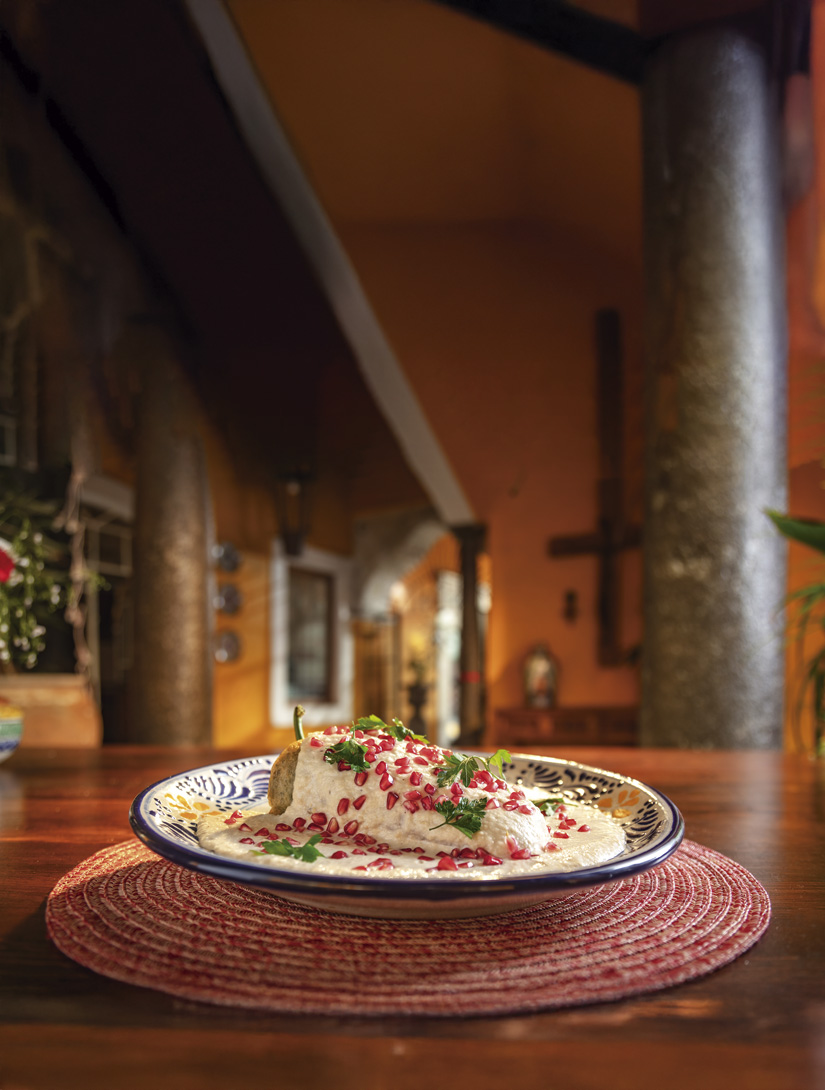
▘▗❚ Chile en nogada:
The Flag Made Food
If any dish represents Puebla and Mexico to the world, it is chiles en nogada. These stuffed peppers captivate not only for their visual presentation—a perfect blend of green, white, and red, like the Mexican flag—but also for what they represent. Legend has it they were created by Augustine nuns in 1821, in honor of Agustín de Iturbide. True or not, their exquisite flavors are indisputable.
▁▁▁▁▁▁▁▁▁▁▁
A battered poblano chili pepper is stuffed with ground beef and seasonal fruit—plantains, apples, pears, or peaches—and bathed in a creamy walnut sauce then garnished with pomegranate seeds and parsley. The delicate balance between sweet and savory makes it sure to delight national and international attendees. The only time all the ingredients are in season, from July to September, provides the perfect excuse for organizing an event that marries tradition, identity, and flavor.
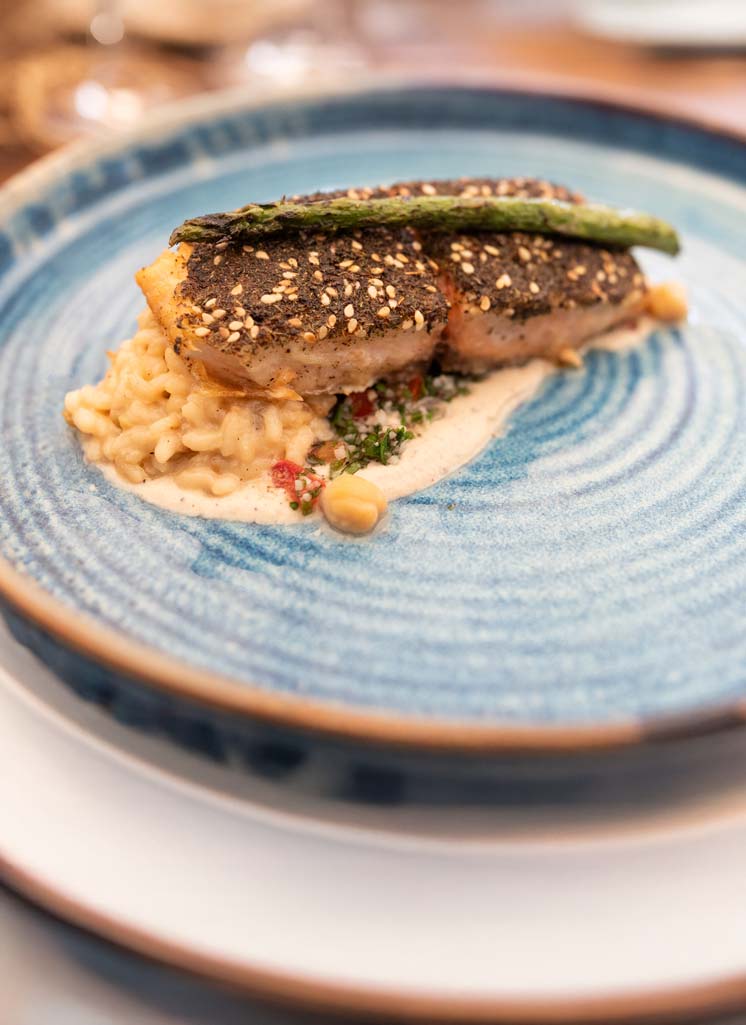
 ▘▗❚Flavor as a Sensory Experience
▘▗❚Flavor as a Sensory Experience
Puebla has known how to leverage its cuisine into a valuable asset for MICE tourism. Local businesses such as Jalil Dib, María Bravo, Mónica González, and Abbondanza have elevated catering and banquet services to a new level. It is not about only offering a menu but about presenting a people’s essence via their recipes.
▁▁▁▁▁▁▁▁▁▁▁
Furthermore, the city is home to renowned chefs, traditional cooks, and facilities for organizing culinary experiences for incentive travel groups. Think of everything from cooking classes to tastings and interactive demonstrations. These activities can easily be added to any program and achieve every coordinator’s ultimate goal: a genuine connection between attendees.
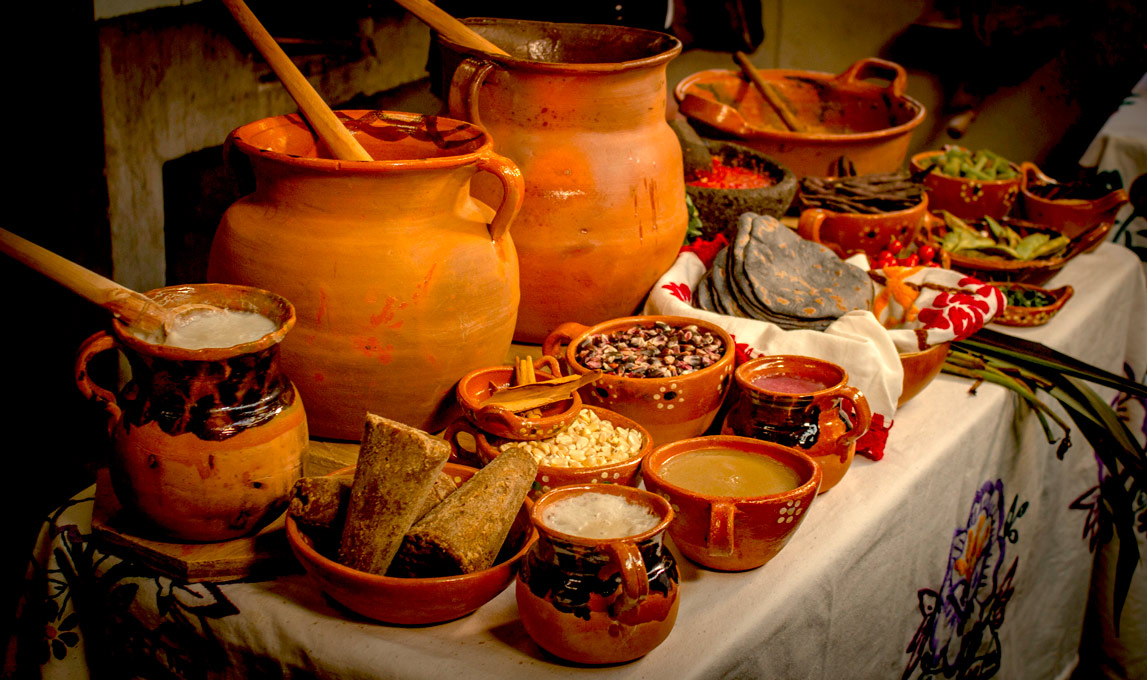
 ▘▗❚ Event Organizers’ Secret Weapon
▘▗❚ Event Organizers’ Secret Weapon
Including Puebla’s cuisine in events goes beyond being an aesthetic or cultural ploy. It is a way to project identity and build well-rounded experiences. From a welcome breakfast to the closing dinner, each dish can tell part of the event’s story.
▁▁▁▁▁▁▁▁▁▁▁
Puebla is not competing to be just another option on a menu of possible destinations. It competes as its true self. And in a world in which authenticity is ever more valuable, this genuineness is relished. Literally.
In this city, each event tastes of history, tradition, and hospitality. And this, in the world of meetings, makes all the difference.
